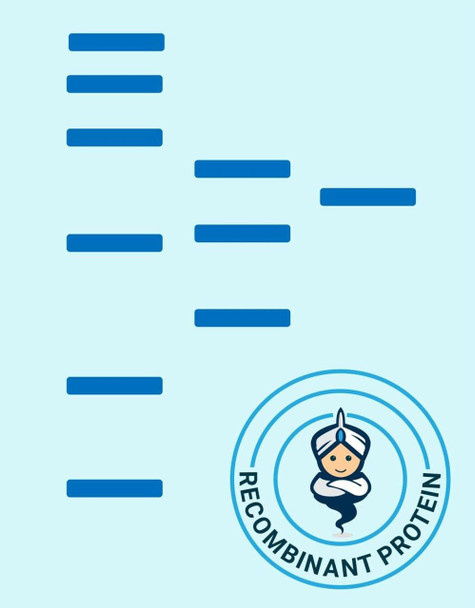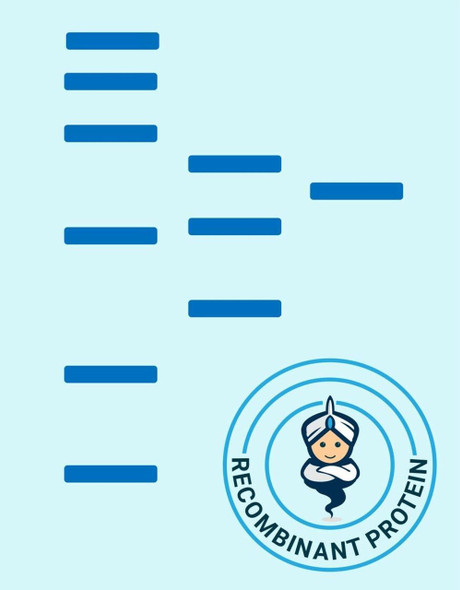| Background: | Fibroblast growth factor 20 (FGF-20) is a member of the FGF gene family, which currently contains 22 members. Based on its structure, it is further classified as an FGF-9 subfamily member. All FGF family members are heparin-binding growth factors with a 120 amino acid (aa) core FGF domain that exhibits a beta -trefoil structure. The cDNA of FGF-20 predicts a 211 aa polypeptide without a canonical signal peptide sequence, a feature shared with other members of this subfamily. Nevertheless, it is secreted with a molecular weight of 27 kDa. FGF-20 is known to bind to heparin. No alternate splice forms have been reported. However, three amino acid polymorphisms are known, and single nucleotide polymorphisms in noncoding regions that may effect expression show a strong correlation with a risk of developing Parkinson’s disease. Human FGF-20 shows 98% aa identity to bovine FGF-20 and 95% aa identity to both rat and mouse FGF-20. Within the FGF-9 subfamily, FGF-20 is 69% and 63% aa identical to human FGF-9 and FGF-16, respectively. Human FGF-20 is reported to be promiscuous in its selection of receptors which include FGF R1c, FGF R2c, FGF R3b, FGF R3c and FGF R4. FGF-20 is expressed a variety of cells, including dopaminergic neurons, fibroblasts, keratinocytes and breast epithelium, and multiple sites in the fetus. Finally, the expression of FGF-20 and DKK-1 is regulated by beta -catenin during development and tumorigenesis, implying that FGF-20 may play a role in the oncogenesis induced by the Wnt signaling pathway. |






